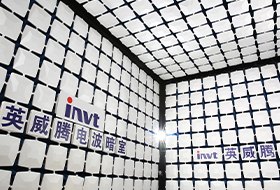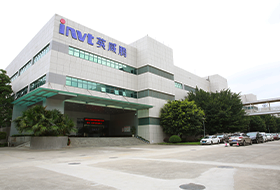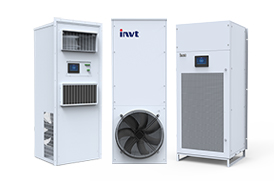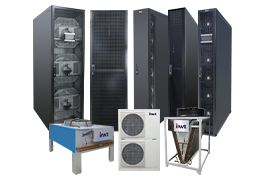Data Center Structured Cabling Guidelines
Gone are the days of using point-to-point cabling and connecting devices directly to each other. This leads to wiring clutter and increases the wiring cost of each hardware refresh. In today's high-density data centers, a well-designed structured cabling system increases uptime, scalability, and ROI while reducing technical footprint and operating expenses.
What is a point-to-point cabling system?
Point-to-point wiring systems are built with direct connections or "main lines". Jumpers are used to directly connect one device, such as a switch, server, or storage unit, to another device.
As the number of connections in a data center increases due to normal growth, point-to-point cabling systems become difficult to maintain. Any addition or upgrade of equipment usually results in another cable run, which creates a large network of cables.
In addition to becoming messy, point-to-point cabling systems can introduce potential issues such as reduced airflow and cable stress, which can negatively impact data throughput. Reduced airflow makes machines work harder, which increases power consumption in the data center and reduces hardware lifespan.
What is structured cabling?
A structured cabling system uses a main distribution area (MDA) where all connections run. The TIA-942 standard defines an MDA as the central distribution point for a structured cabling system in a data center.
This is the area where the main cross-connects, switches, and routers are consolidated. All active ports are replicated in the passive area using MDA. This means that active equipment cannot be affected or interfered with.
Why use a structured cabling system?
Maximum Uptime
It takes much less time to add new hardware. There is no clutter as the cables are neat and organized. Less chance of disconnecting the wrong cable during moves adds and changes.
Reduced footprint
Structured cabling systems allow technicians to use smaller diameter backbone cabling, reducing overall cable bulk and reducing the potential for airflow obstruction and cable crushing. Essentially, a structured cabling system is organized and planned.
Improve scalability
Today's data centers are complex and diverse environments. A structured cabling system is required to manage and support connections to hardware and enable network growth. Structured systems allow scalability due to their modular design. Since the package is already in place, it is easy to add additional terminal strips to create new connections.
Return on investment
Structured cabling systems will continue to use multiple generations of hardware. Over time, structured cabling systems will:
• Reduce system operating costs, including heating, cooling, and power costs.
• Reduced installation and maintenance time. The structure of the cabling system allows efficient changes and upgrades.
• Improve system availability by reducing the time required for moves, adds, and changes.
• Maintain business continuity by minimizing sources of failure, the possibility of errors, and the danger of cables being accidentally pulled out.
• Extend the useful life of your infrastructure and simplify upgrades with built-in modularity and scalability.
This makes it more cost-effective than point-to-point wiring systems.
Why Performance Matters
Optical power budget, cabling system loss, and channel distance are directly related. Exceeding the optical loss budget will result in channel errors resulting in downtime.
The best way to avoid this is to use a set of products that enables you to reap the benefits of a structured cabling system without exceeding your fiber loss budget. This will allow error-free operation and longer cable runs.
Why Reproducibility Matters
Moves, adds and changes (MACs) occur daily in most data centers. These MACs often require a change in the location of the physical cabling. When two fiber optic connectors are mated on a patch panel or equipment, the stress on the fiber mating can exceed 40,000PSI.
This repeated mating and misfitting under intense stress can cause a poorly made cable to fail after a few uses. Make sure the cabling product is as good for the 100th plug-in as the first plug-in.

 networkpowersales@invt.com.cn
networkpowersales@invt.com.cn



























